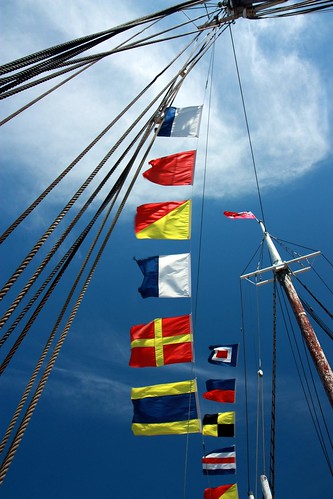Depending on where you live there may well be a smaller shop open for emergency snacks. Where I live in Blackheath we have Best One Xpress open in the village (24 hours) and Pravin Supermarket in Blackheath Standard is open from 10 until 3pm. I hear that Deliveroo is likely to be up and running too.
Here are some ideas for gifts that don't require leaving the house or having them delivered. If a gift for someone hasn't arrived then you can draw or print or email something to give to someone that indicates that something mysterious and delightful is on its way, just currently delayed.
1. Annual Memberships or pre-paid events / courses
I'm a member of the Royal Geographical Society (UK-wide) and a couple of London cinemas. Possibly buying someone a gym membership at Christmas might be a little pointed but perhaps a cookery or photography class or something nice like that, or art gallery membership etc.
You can buy a ticket for a future event and print out the email to give to someone, or email it to them.
2. Gift cards / book vouchers / iTunes vouchers etc / magazine subscriptions
These can be bought online (you get an e-voucher with Amazon or iTunes) or in shops if you're able to get to one.
3. Bake biscuits / cakes
This one does require a trip to the shops for supplies but works quite well as a last-minute thing if you have a box (cake) or paper bag (biscuits) to put the end product in. Recipes abound on the internet. If you don't have a handy gingerbread man cookie cutter you can cut one out of paper and then place it on your biscuit dough and cut around it with a knife.
Gingerbread men recipe: https://www.bbc.co.uk/food/recipes/gingerbread_men_99096 and see at 3m in this video how to cut out shapes without a cutter.
4. Make salt dough decorations
Pretty much as above, but non-edible (too salty!).
Recipe: https://www.bbcgoodfood.com/howto/guide/salt-dough-christmas-decorations
5. Printable decorations and colour-in activities
TES (formerly Times Educational Supplement) has all sorts of Christmas Craft activities for kids, many of which are free. Some also have a bit of curricular learning in there too but this one is just for colouring in.
Free DIY ornament: https://www.tes.com/teaching-resource/free-christmas-ornament-template-11752205
For work I've also made a Christmas Computing zine (A4, folds into a tiny booklet) and a HexaHexaFlexagon (never stops folding!), free: https://www.tes.com/teaching-resources/shop/JoBrodieCS4FN
Etsy is full of (paid for) printable things to colour in and decorate, including colouring-in placemats to keep kids occupied while at a table. Be careful about bleed through onto your table if using coloured pens. After you've paid you'll be sent a link to download a digital file which you can then print.
Gingerbread house by ArtbyEmilySkinner (A4): https://www.etsy.com/uk/listing/1112628257/gingerbread-house-printable-paper-craft
Merry Christmas colouring in placemat (A4): https://www.etsy.com/uk/listing/1106059506/merry-christmas-colouring-and-activity
Search for more Christmas printables: https://www.etsy.com/uk/search?q=christmas+printables
Note: some products are aimed at a US audience and so print out on US letter size which is slightly different from A4 size. Look for products that are tailored for A4 sizing, or that come in PDF form (which you can just shrink slightly and cut off the extra).
A4 = 8.27 x 11.7 inches (210 x 297 mm)
US letter = 8.5 x 11 inches (215.9 x 279.4 mm)
If you have a Rymans near you they will print items for you (£2.50 set up charge then approx 30p per A4, or a bit more for A3). Other printers are also available of course, though they'll be shutting soon.
We have lots of printable activities / colouring-in sheets / puzzle sheets, all with a computing theme here: https://teachinglondoncomputing.org/christmas-computing/
6. No printer but have a computer?
Here are versions of our puzzles and colouring in sheets which can be done on a computer :)
https://teachinglondoncomputing.org/2022/12/12/snow-day-no-printer-needed-computing-themed-activities-for-those-at-home-snowday-uksnow/
If you like magic we have lots of free booklets you can download and read as a PDF, plenty of tricks involve a pack of cards: https://cs4fndownloads.wordpress.com/magic/



























